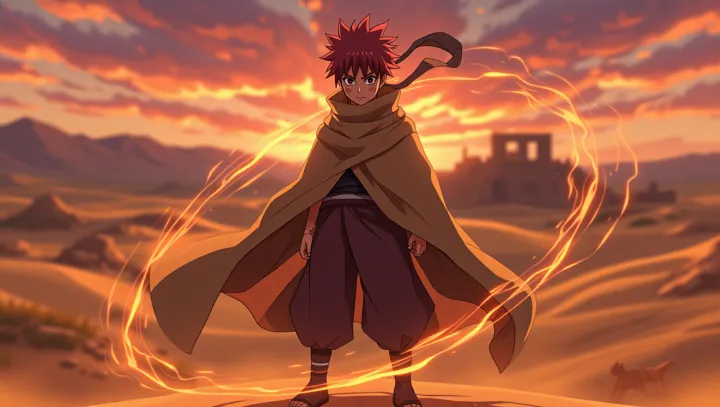Gaara's Impact: From Fiction to Reality

In the ever-evolving world of pop culture, few fictional characters have made as profound an impact as Gaara from the celebrated anime series Naruto. His narrative originates in the mystical village of Sunagakure, where he grows from a misunderstood loner into a respected leader. Through Gaara's transformative journey, the anime addresses issues of identity and acceptance—a storyline resonating deeply with today's youth.
Gaara's story reflects critical social themes such as loneliness, self-discovery, and the quest for belonging. These themes are not only pivotal within the series but also echo the personal challenges faced by many young individuals. Experts in media studies highlight how Gaara's development offers viewers a mirror to their own struggles with identity, overseeing negative perceptions, and striving towards personal growth.
The significance of Gaara's influence extends beyond mere entertainment. Analysts observe that characters like Gaara serve as touchstones in discussions on mental health and social inclusion, making them relevant in academic and casual dialogues alike. The relatability of Gaara's character underscores the enduring power of anime in shaping perspectives among diverse audiences, reaffirming its place in global pop culture.
